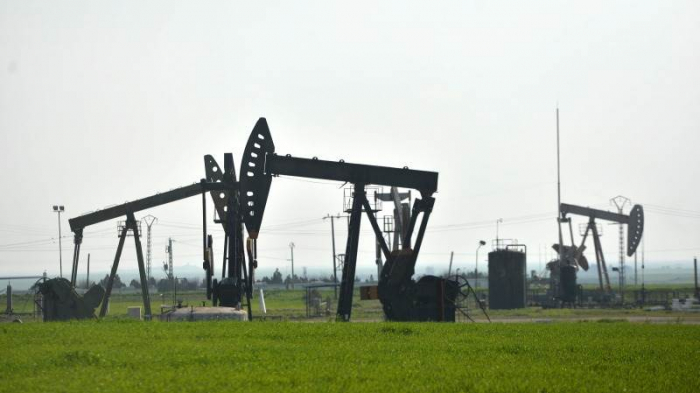Brent, the benchmark for two thirds of the world’s oil, was trading 0.32 per cent lower at $75.85 a barrel at 9.39am UAE time.
West Texas Intermediate, the gauge that tracks US crude, was down 1.28 per cent at $70.86 a barrel. There was no settlement on Monday due to a holiday in the US.
China, the world’s second-largest economy and top crude importer, cut two market-based benchmark lending rates this week, but the loosening of the monetary policy was less aggressive than what some analysts were expecting.
The one-year loan prime rate (LPR) came in at 3.55 per cent, down from the previous reading of 3.65 per cent, Chinese state media reported.
Meanwhile, the five-year LPR, on which many lenders base their mortgage rates, was lowered by 10 basis points to 4.2 per cent.
Half of the respondents to a Reuters poll were expecting a 15 bps cut to the five-year LPR.
“A targeted fiscal support is most probably needed because slashing rates when investment and consumption weaken due to a confidence crisis may not do much alone,” said Ipek Ozkardeskaya, senior analyst at Swissquote Bank.
“Chinese stocks are under pressure since yesterday as investors were expecting stimulus measures last Friday, and they got nothing instead.”
China’s economy, which rebounded after the lifting of Covid-19 restrictions at the start of 2023, lost momentum in May because of weak retail sales and manufacturing as well as a slowdown in the property sector.
On Tuesday, Citibank cut its forecasts for China’s economic growth this year and said the country’s economy was on the brink of a “confidence trap”.
The US investment bank lowered the country's full-year gross domestic product growth forecast to 5.5 per cent from 6.1 per cent previously, Reuters reported on Tuesday, citing a research note.
Earlier, Goldman Sachs trimmed its 2023 GDP growth forecast for the Asian country to 5.4 per cent, from 6 per cent earlier. It also reduced its 2024 growth forecast to 4.5 per cent, from 4.6 per cent.
China is aiming for GDP growth of 5 per cent in 2023, which is lower than last year's growth estimate of 5.5 per cent.
When the country began discussing reopening trade last October, its growth and investor sentiment were weak and positioning in Chinese assets was light, MUFG analysts said in a research note.
“That's why a policy pivot caused strong performance of Chinese assets. Fast forward to today, China’s growth is gaining momentum [and] investors’ sentiment has improved,” the Japanese bank said.
Last week, oil prices posted a weekly gain as a surge in Chinese refining activity reassured traders that domestic fuel consumption was growing.
However, the global economic outlook has also been a major factor behind the oil-price slide this year, Craig Erlam, senior market analyst at Oanda, said.
“The problem is that no major central bank has yet ended its tightening cycle and a number of more rate hikes could still be on the cards."
Last week, the US Federal Reserve paused its interest-rate increases to assess the effect of its inflation-fighting measures on the economy, but signalled that it would raise rates again later this year.
Higher interest rates could slow the global economy and dampen crude demand. The Fed has raised interest rates by a combined 500 bps since March 2022.
More about:
















































